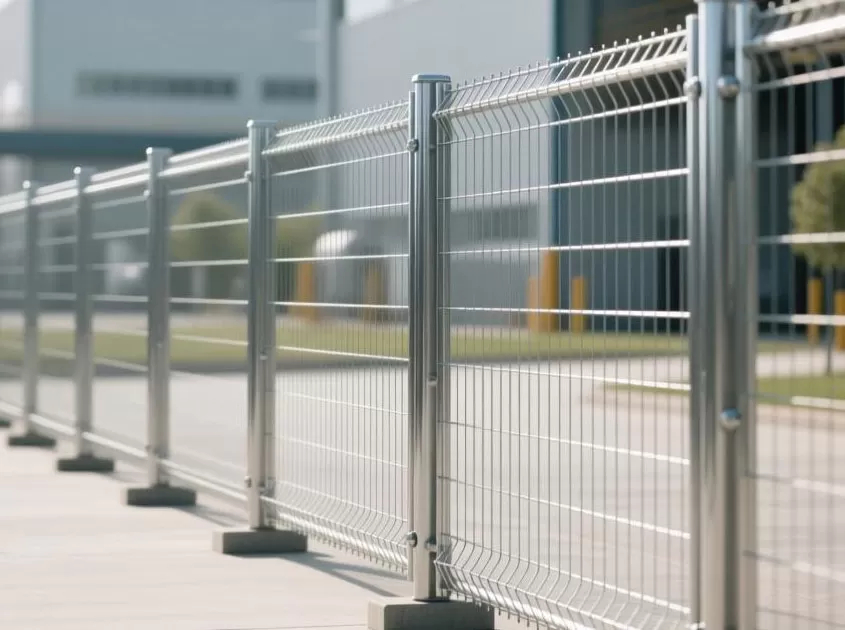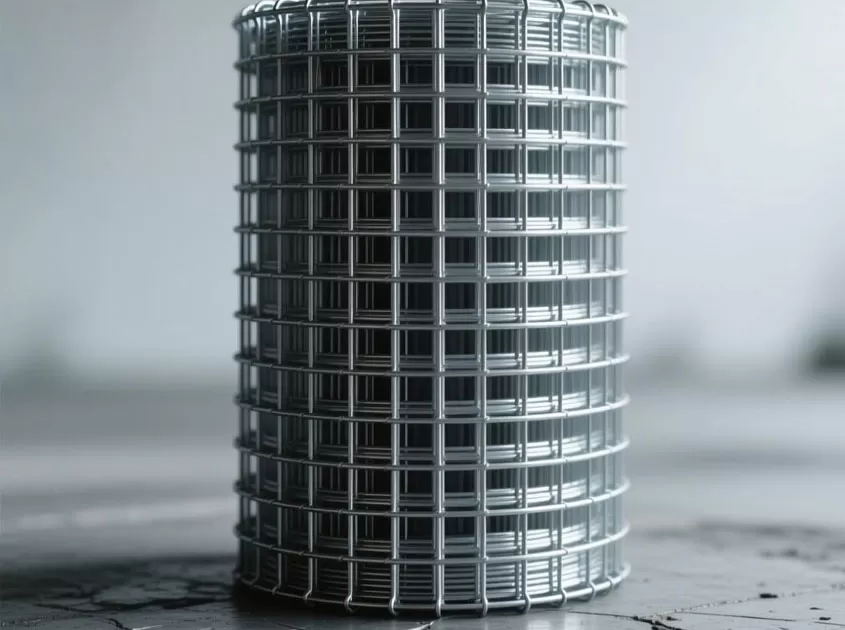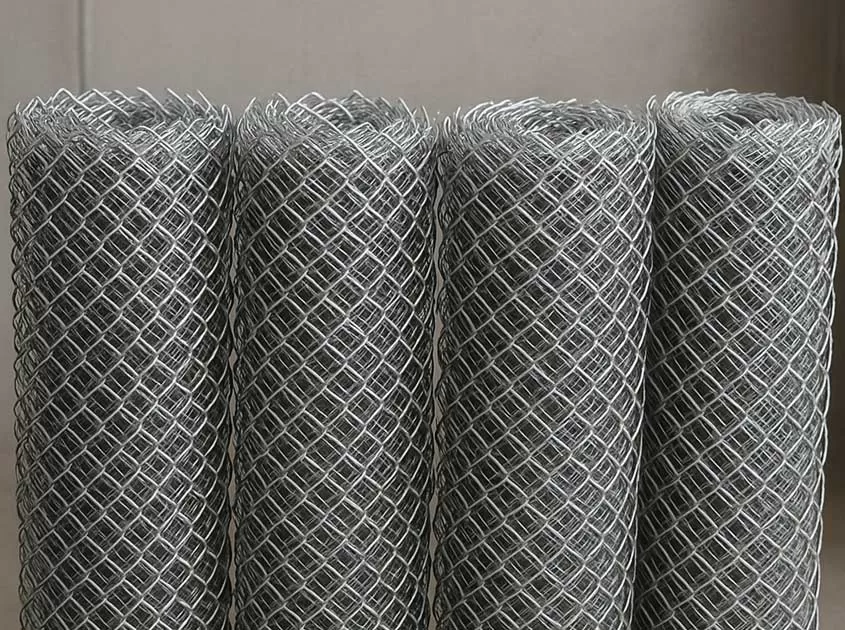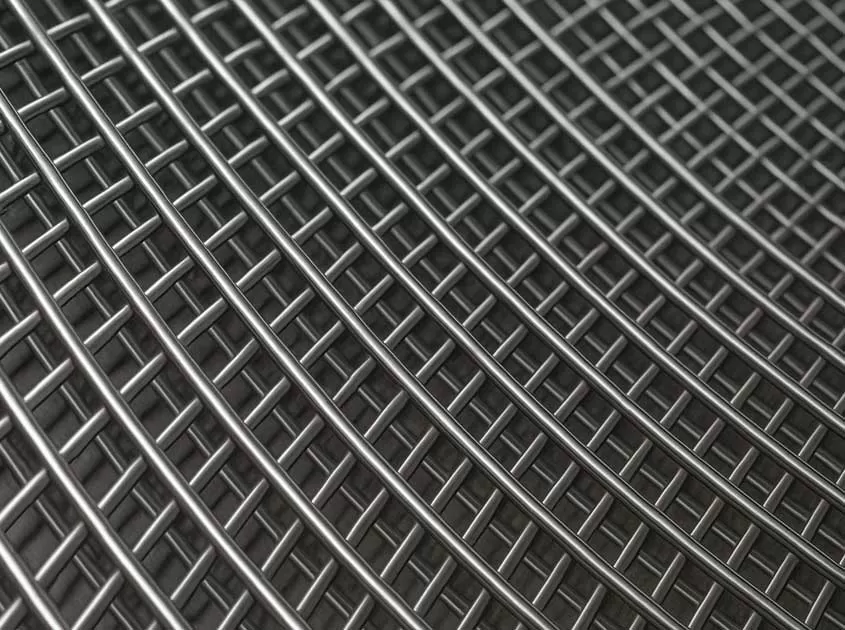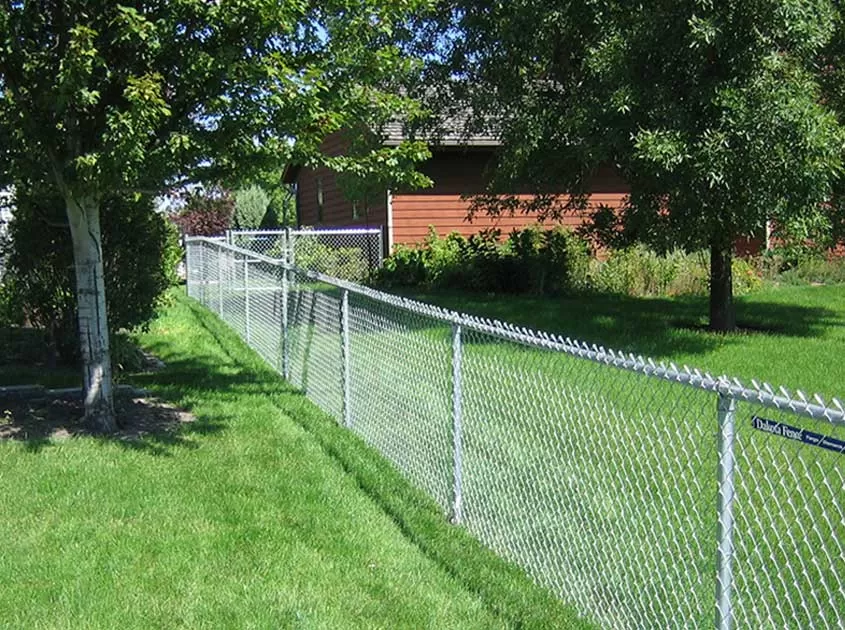The number of stainless steel wire meshes determines the size of the filler particles
The particle size of the filler is generally classified by the percentage given by a certain stainless steel wire mesh. For example, 99.8% of the particles pass through a stainless steel wire mesh with a mesh number of 127.95 (325 mesh), and the fineness of this filler is called 325 mesh. Corresponding to the number of stainless steel wire meshes, micrometers can also be used to express the filler fineness. If the distance between the stainless steel wires constituting the stainless steel wire mesh is 44um, then the filler passing through the stainless steel wire mesh can also be called a filler with a diameter of 44um.
Particles larger than 44um in diameter cannot pass through the stainless steel wire mesh, but particles smaller than 44um can pass through the stainless steel wire mesh and mix together. Because of this, the particle size and volume of the filler used are not equal. There are two requirements for filler particle size: one is uniform particle size; the other is particle size dispersion. -Generally, the uniform particle size is about 5um, the maximum particle size is not suitable to exceed 20um, and the surface of the particles should be smooth.
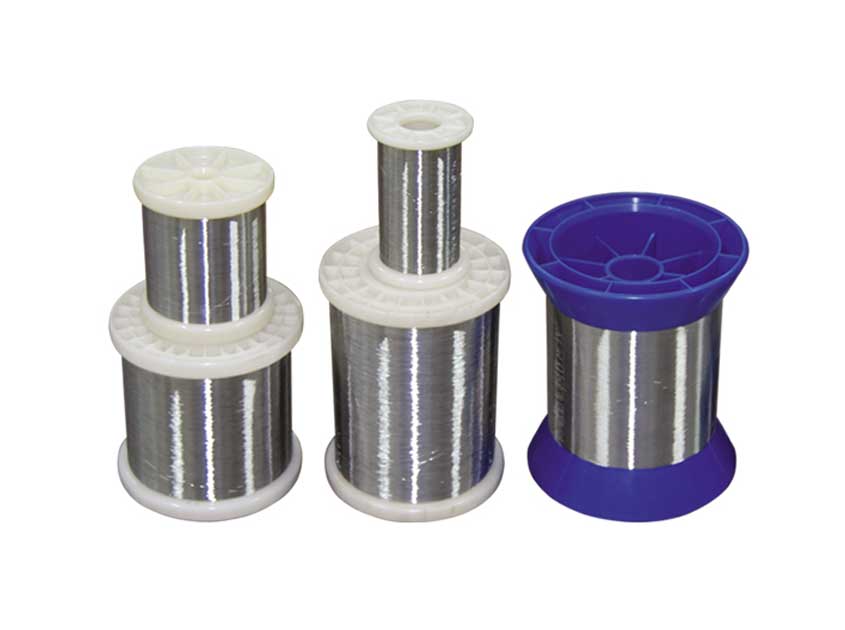
Particles larger than 20um will have a bad influence on the quality and character of the system. The particle volume of the filler has a certain relationship with the oil absorption value. Larger particles, uniform particles of 8um filler, the total appearance is small, the oil absorption value is also low, easy to be infiltrated by natural resin, can have a long amount of participation, such as calcium carbonate, silicon dioxide and coarse talc, etc. . The finer fillers and uniform particles of 5um or less have the size and oil absorption value of the high surface plane or the surface of the object. The viscosity of the natural resin system with a given amount of filler increases greatly, and the amount of participation must be small, such as clay, Fine talcum powder, precipitated calcium carbonate, etc.
The particle size distribution of the particles also has a close influence on the filler application. If the filler particle size is spread widely, then the smaller particles can be embedded in the life constant volume particles, and the medium and constant volume particles can be embedded in the larger particles in the same way, so that the filler can be arranged more urgently, so that only a minimum amount of natural resin is needed. Can fill the holes between the particles.
-
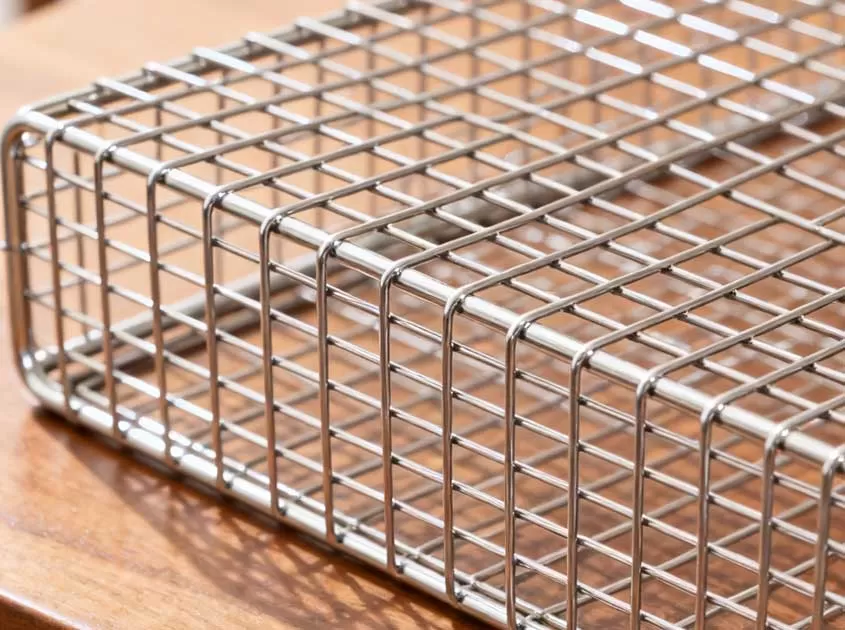 Corrosion-Resistant Stainless Steel Wire Mesh Oct 28, 2025
Corrosion-Resistant Stainless Steel Wire Mesh Oct 28, 2025

- Tel.: +86 311 83077076
- E-mail: sales@qunkunmetal.com
- Skype: qunkunsales01
- WhatsApp: 8618032412189
- Add.: No.69 The Filter Industrial Part of Anping, Hebei, China




